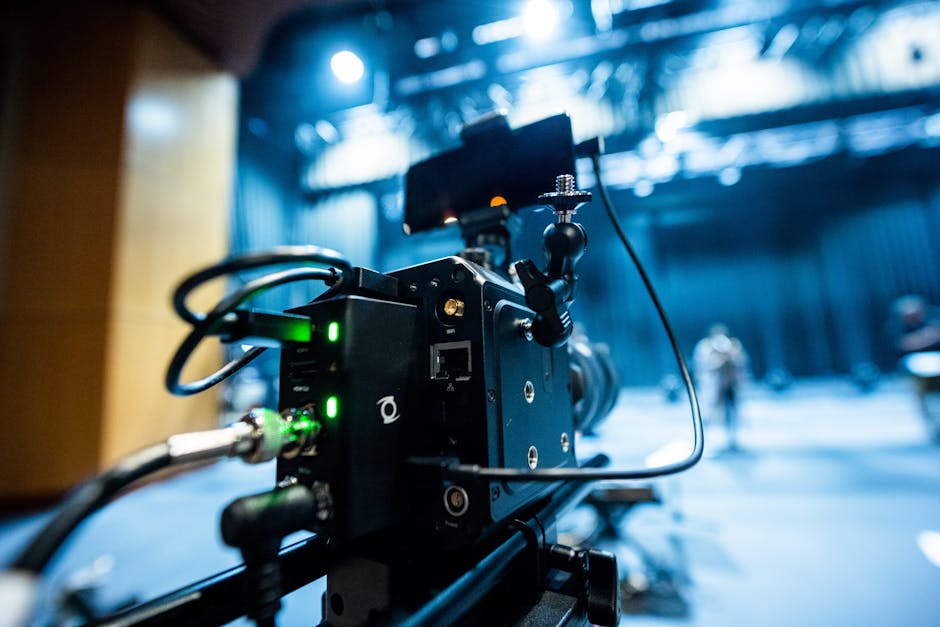Fiber Optic Camera Benefits

Fiber optic cables offer a wide range of benefits. A Fiber optic camera can monitor a range of up to half a mile. Its central monitoring and recording functions are easy to control and monitor. It is also highly resistant to damage from the elements and water. This makes it a practical choice for networks of network cameras. Here are some benefits of fiber optic cameras. Check out https://www.multidyne.com/product/povptz-signal-extension-over-fiber.html to learn more about the advantages of fiber optic cables for network cameras.
Enhanced video transmissions: Video surveillance systems are increasingly reliant on video analytics and megapixel cameras, so installing a fiber optic camera is more cost-effective and secure. Fiber optic links can offer great distances between cameras and the headend, huge bandwidth capacities, and immunity from RFI and EMI. Video transmissions are high-quality, and fiber optic links are ideal for this type of surveillance. Installation companies can also benefit from millions of unused fiber optic links.
High-speed Internet: Fiber optic cables support high-speed Internet, so you can watch streaming video from any location with no delay. Fiber optic cables are also very compact, making them ideal for mobile cameras; view here for more information. High-speed fiber optic cables also reduce the risk of electrical interference. These advantages make fiber optic technology an excellent choice for monitoring events in public places. In addition, fiber optic cables offer a longer signal distance than other cabling options, allowing for higher-quality live video delivery. Fiber optic cables can also transport a full range of camera signals, including SDI video, audio, and control data, as well as GPIOs.
Another fiber optic camera benefit is that they are compact and lightweight. While some photographers prefer to use a built-in flash, others want to have faster shutter speeds and don't have access to a powerful external flash. Optical flash triggers offer an answer to these situations, but they differ in their approach. You can also buy fiber optic cables to use with other types of cameras. These accessories are available separately. So, how do you get started using fiber optics?
Video monitoring has long been used in banks and retail locations, but the application of video systems to public spaces has only recently become widespread. Thankfully, new technologies have made video systems more effective and cost-effective. With the use of fiber optics, the cost of setting up a network of fiber optic cameras has been reduced by as much as 50%. It also has a significantly lower impact on the environment. In many cases, coaxial cables can be used in buildings and vertical risers.
Besides being more convenient for homeowners, a fiber optic camera has many other benefits. For example, a plumber can use it to pinpoint a problem quickly, which allows them to get into the problem sooner and with minimal damage. This type of camera can also save money as fiber optic cables are flexible, allowing them to pass through the entire plumbing system without damage. Unlike other types of pipes, fiber optic cables can be easily installed in a variety of locations. Check out this post for more details related to this article: https://en.wikipedia.org/wiki/Fiber-optic_sensor.
